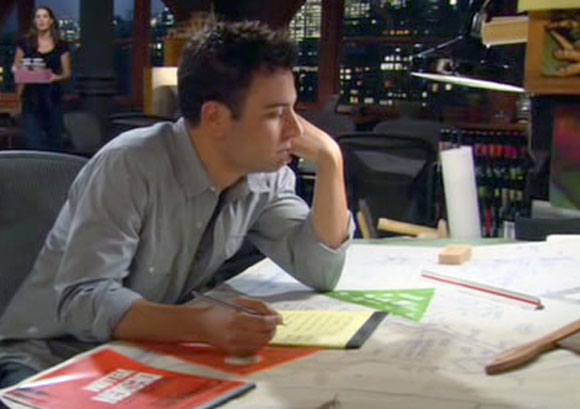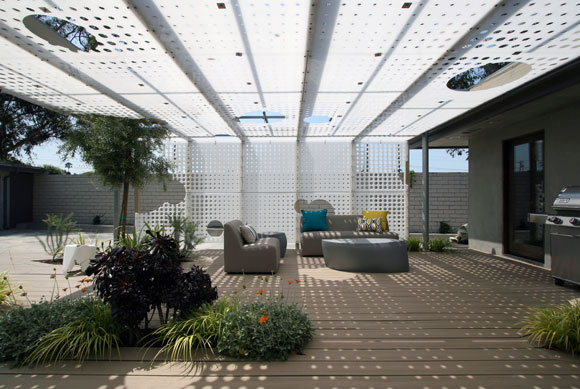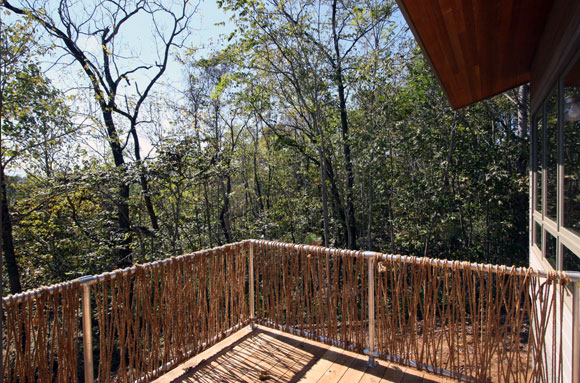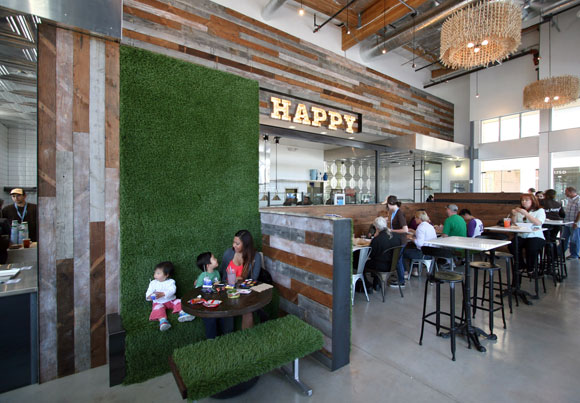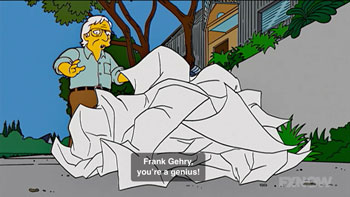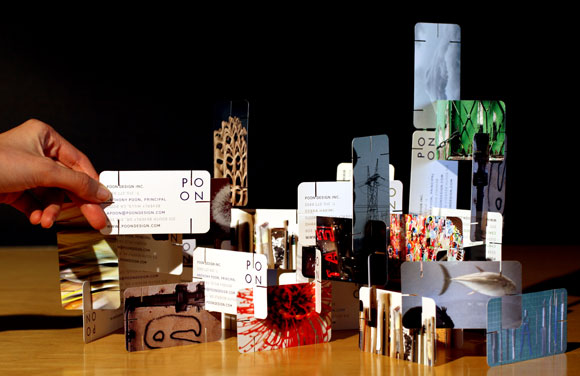#39: SOME OF MY BEST FRIENDS ARE ARCHITECTS
1940s architects (public domain, photo from wikipedia.com)
Why do some people like having architects around as conversation pieces, while simultaneously accuse us of unbearable pretentiousness?
Arguably impressive and both cultured and irksome, architects have the ability to speak about almost anything, to pontificate, to provide diatribes on nearly any topic—from why Apple will fail or succeed, to the specs of a car vs. the specs of an espresso machine, to the latest documentary on documentaries.

Though most architects can provide “constructive criticism” on many topics, ask an architect about the last three Super Bowl championships. Or ask for a review of a Tom Cruise blockbuster. Rather than being a casual conversationalist, the architect might deliver a righteous discourse on the downfall of Western Civilization.
At times, there is the better-than kind of reaction to a situation that would typically draw an authentic human response, such as laughter to a good joke, or complacency at a family gathering. Many architects are skilled at displaying boredom as they try to appear as though their creative minds are preoccupied with the next big idea that will deliver world peace.
Architects try to be cool, want to be cool—and yes, some are. But many are just trying too hard. They are no better or worse than anyone else. The problem is that only architects seem unaware of this fact.
We possess our own absurd lexicon. (See, I just used the word “lexicon.”) A sentence almost makes sense as the architect speaks it, particularly when the client witnesses the conviction in an architect’s voice along with the poetic glaze in the eyes.

In a review of a new building, the Harvard Design Magazine actually spewed, “Unlike architecture that seeks to articulate understandings about the nature of things through expressive or metaphoric mimings, this remarkable building yields us actionable space.” Or, “Digital design finds its certainty in a parametric computation of infinite, noncritical formal variability, with its simultaneous assurance of all possibility and no particularity.”
Huh?

Maybe this convoluted speaking is pseudo-intellectualism, but in truth, it is ridiculous when you hear an architect (me included) present in full egomaniacal glory. Do we really need to use words like tectonic, datum, aperture, and gestalt all in one sentence? Do architects need to use the common tags “-ality,” “-ology,” and “-ity” to make words sound fancy? Words that gush out of the architect’s mouth too easily: actuality, phenomenology, specificity, and homogeneity.
How about the name of an architect’s company? There are the invented names that might sound like words you know, Morphosis and Architectonica, for example. There are abbreviations that are sort of the founder’s name, SANAA (Sejima and Nishizawa and Associates), or MAD architects (Ma and Dang). And there is the use of the generic—such as OMA (Office for Metropolitan Architecture), or FOA (Foreign Office Architects).
Also, my favorites are company names with unique spellings, punctuations, capitalizations, such as Office dA, SHoP, SPF:a, wHY, No.mad, or Coop Himmelb(l)au. How does the receptionist answer the phone? How does she spell the name when asked? “Capital this then that, no, lower case, now get rid of the space, yes, add an open parenthesis, no, it is actually spelled wrong, I mean, that is correct . . .”

Then there’s our appearance. Most architects are well-groomed, decently dressed (predictably black), and generally put together in some conscious way. When I say, ‘decently dressed,’ I don’t mean an overdressed fashionista. We do have a very conscious sense of our day-to-day uniform. The way we wrap an old scarf to appear blasé—this apparent indifference is rehearsed. When I say “well groomed,” architects may not broadcast their attention to personal hygiene, but you will not find too many architect’s looking like the absent minded professor/engineer with three-day unwashed hair and an overlooked belt loop.
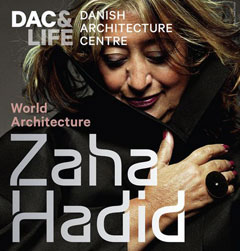
For female architects, traditional conceptions of pretty femininity are ignored. I believe most female architects prefer to leave the cute outfits, glittery clanging jewelry, obvious make up, and high heels to fellow interior decorators. For male architects, impressions of metrosexuality are common: the neatness, a decent haircut, and clothes that just seem to work together, even if it is a simple crisp shirt and artfully distressed jeans.
Accessories are rare for any architect, but the carefully considered accent item might be present, such as the locally created wristband, a French fountain pen, or a custom designed wedding band. This approach to the personalized feature item might come from some famous predecessors. Le Corbusier (1887-1965) had his famous black shell, round rimmed glasses, of which Philip Johnson had Cartier make a replica in 1934—a trend which I.M. Pei continues today. Fortunately, Frank Lloyd Wright’s cape never caught on.

EPILOGUE: I confess that these characterizations are not all architects. But where is the fun if I can’t generalize, if we take ourselves too seriously?
